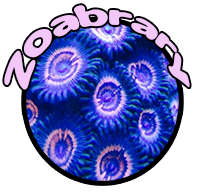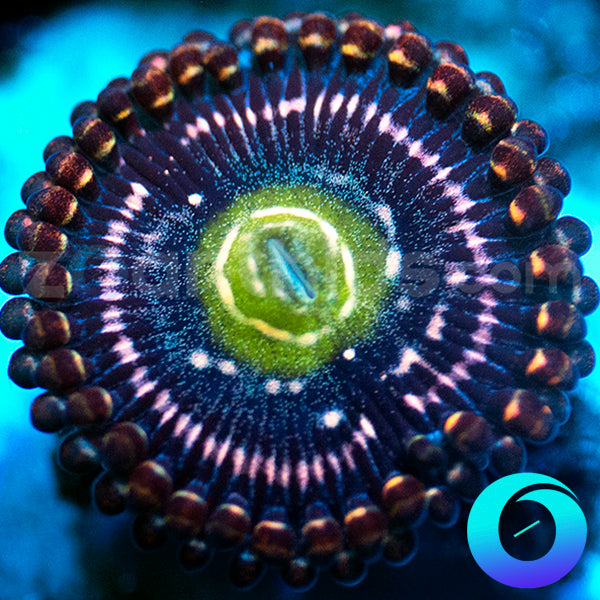Okay peeps... Here we go... I know this is a long shot but I'm hopping for the best. My goal is to create a log of Commen vs. Vendor/Hobbyist Coral names for us novice reefers to refrance. I know I speak for many when I say THIS NAME GAME IS OUT OF CONTROL... But... I'm not here to speak to either side of that heated debate. I'm only trying to provide the Hobbyist with a few more rounds of ammo/education. That being said... There is NO SOURCE of tying corals characteristics to the names vendors are selling them as. I'm looking for anyone to provide me reliable (no necessarily concrete) information on WHAT makes "this" coral an "Exosphere Zoa"... And so on and so on. I know the list is daunting but we have to start somewhere so we have a chance in this battle. Feel free to respond, message me on R2R or hell... Even text me at 260.888.5282 and thanks so much in advance for considering. I've asked multiple vendors for assistance and it's like I'm asking for a secret family recipe. Nobody wants to help me out. Be the change  Happy Reefing!
Happy Reefing!
 Happy Reefing!
Happy Reefing!


















